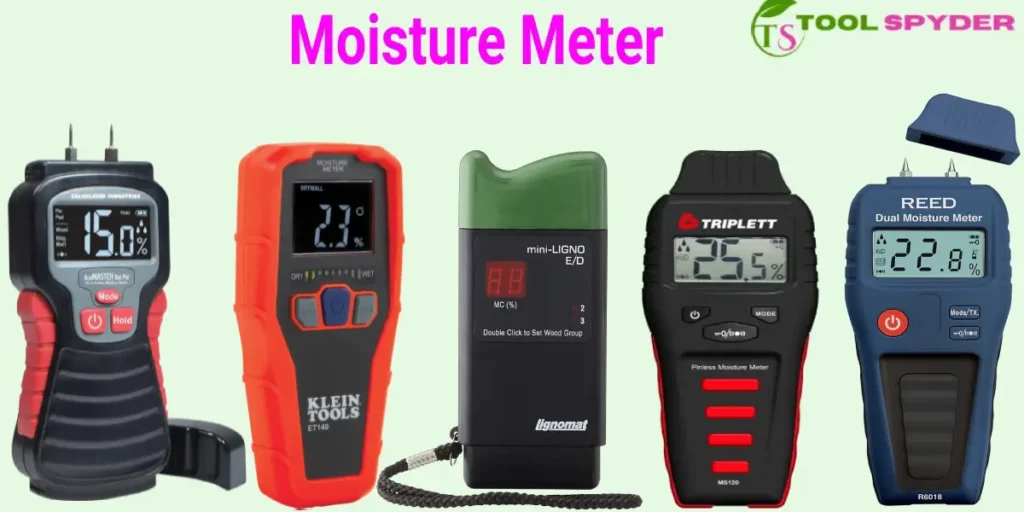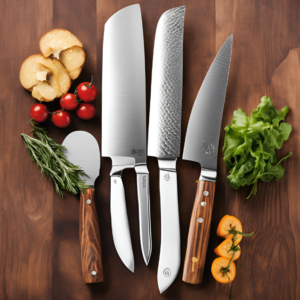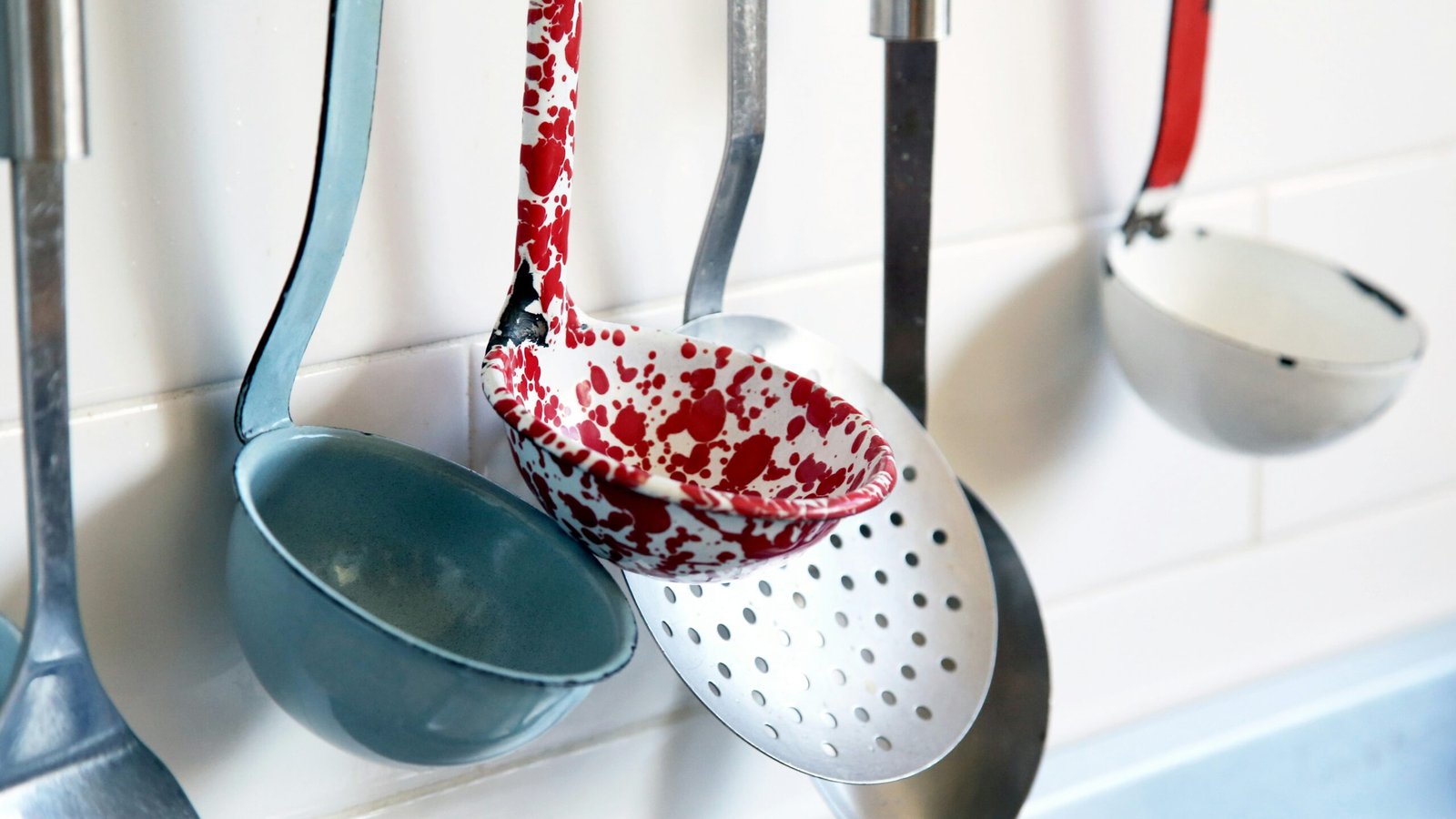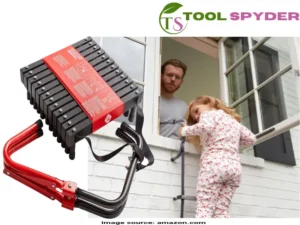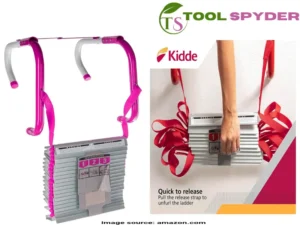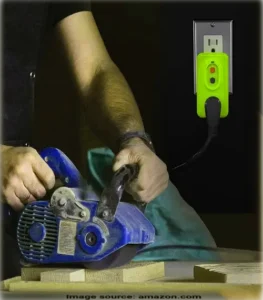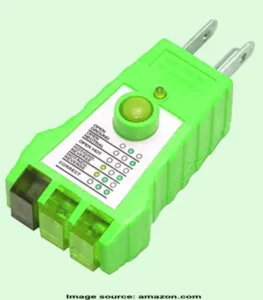Introduction:
Not only pin-type but also pin less moisture meters have their opportunity, benefits, also disadvantages. Pin-type meters provide more accurate and appropriate measurements, making them suitable for applications where exactness is critical. They are generally used in industries such as construction, woodworking, and flooring installation. However, pin-type meters can leave small holes in the material being tested, which may not be desirable in certain situations. On the other hand pinless meters may not provide the same level of accuracy as pin-type meters.
What is Pin Type Moisture Meters?
Pin-type moisture meters are the most general type of moisture meters used in different industries. As the name suggests, these types of meters have two metal pins. The inspector enter the pins into the material being tested. The pins assess the electrical resistance of the material for moisture reading. Pin-type meters are famous for their accuracy and exactness, making them ideal for professionals who require precise moisture measurements.
Penetrating Moisture Meters
Pin-type moisture meters, also known as penetrating moisture meters, are the more traditional and widely used type of moisture meters. They rely on two metal pins that are inserted into the material being tested to measure its moisture content. The pins create an electrical circuit, and the meter measures the resistance to determine the moisture level.
Advantages of pin-type Moisture Meters
One of the main advantages of pin-type moisture meters is their accuracy. Since the pins are inserted into the material, they directly measure the moisture content at the specific depth where they are placed. This allows for precise readings and helps identify moisture pockets or areas of concern.
Pin-type moisture meters are particularly useful when working with wood or other materials that have a relatively uniform moisture distribution. They provide detailed information about the moisture content at specific points, allowing for targeted interventions or adjustments.
Limitations
However, pin-type moisture meters also have some limitations. The pins can leave small holes in the material, which may not be desirable, especially when working with delicate or finished surfaces. Additionally, they require direct contact with the material, which can be challenging when measuring moisture in hard-to-reach areas or through surface coatings.
Despite these limitations, pin-type moisture meters have evolved over the years to address some of these challenges. For example, some models now come with replaceable pins of different lengths, allowing for measurements at various depths without causing excessive damage to the material. Others feature non-invasive scanning capabilities, using electromagnetic waves to measure moisture content without the need for direct contact.
In a nutshell
In conclusion, pin-type moisture meters remain a valuable tool in many industries and applications. Their accuracy and ability to provide detailed readings at specific points make them indispensable for professionals working with wood and other materials. However, it is essential to consider the limitations of pin-type meters and explore alternative options, such as pinless moisture meters, when dealing with delicate surfaces or materials with an uneven moisture distribution.
Pinless Moisture Meters
On the other hand, pinless moisture meters, also known as non-invasive moisture meters. They do not require the use of pins. Instead, they use electromagnetic wave technology to measure moisture content. These meters emit a low-frequency signal that penetrates the material being tested. By this signal they measure the moisture content based on the signal’s reflection. This makes them ideal for situations where preserving the integrity of the material is very important. We can use it for antique furniture restoration or historical building preservation.
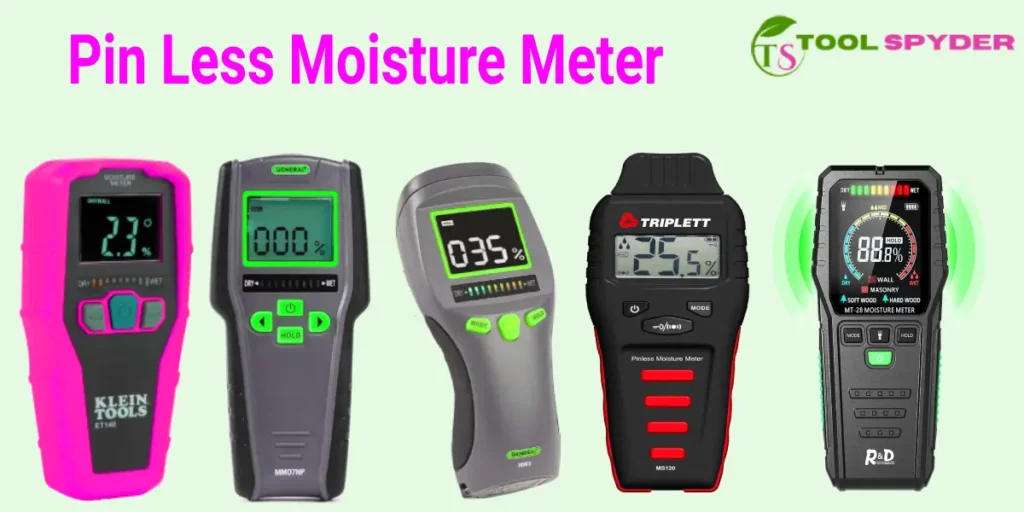
Non-invasive Moisture Meters
Pinless moisture meters, also known as non-penetrating or non-invasive moisture meters, offer an alternative to pin-type meters. Instead of using pins, they utilize sensors that scan the surface of the material to measure its moisture content. These sensors emit electromagnetic waves that penetrate the material and bounce back, providing readings based on the moisture levels detected.
In a nutshell
When choosing between pin-type and pinless moisture meters, it is important to consider the specific requirements of your project. If accuracy is crucial and small punctures are not a concern, a pin-type meter may be the best choice. However, if non-destructive testing and quick measurements are more important, a pinless meter may be the better option. Ultimately, the choice between the two types of moisture meters will depend on the nature of the project and the specific needs of the user.
Advantages of Pinless Moisture Meters
There are so many advantages of Pinless Moisture Meters. Pinless moisture meters are quick and easy to use. Because they do not require any puncturing of the material. They are particularly useful for large-scale projects where time is of the essence. It offers non-destructive testing. Because they do not puncture the material.
Non-Destructive Nature
One of the main advantages of pin less moisture meters is their non-destructive nature. Since they don’t require any holes to be made in the material, they are ideal for working with finished surfaces or materials that should remain intact. They are also faster to use since they don’t require inserting pins and waiting for readings.
Quick Overview of Moisture Levels
Pin less moisture meters excel at providing a quick overview of moisture levels across larger areas. They are particularly useful when assessing the overall moisture distribution in building materials or when conducting initial inspections. They can also be used to detect moisture through floor coverings or wall finishes without causing any damage.
Identify Moisture Penetration
Pin less moisture meters are frequently employed in the restoration industry. When dealing with water damage, it is essential to identify the extent of moisture penetration in materials such as drywall or insulation. Pin less moisture meters allow technicians to quickly assess the affected areas without causing unnecessary damage. This enables them to develop an effective restoration plan and prevent further structural damage or mold growth.
Field of Agriculture
Another area where pin less moisture meters are valuable is in the field of agriculture. Farmers and horticulturists use these devices to monitor soil moisture levels, ensuring optimal conditions for plant growth. By obtaining accurate readings of moisture content, they can adjust irrigation schedules and prevent over or under-watering, leading to healthier crops and increased yields.
Limitations
However, pin less moisture meters have their limitations as well. They are less accurate than pin-type meters when it comes to measuring moisture at specific depths. Since they only scan the surface, they provide a more generalized reading that may not be as precise. Additionally, certain materials, such as metal or dense hardwoods, can interfere with the electromagnetic waves, affecting the accuracy of the readings.
In a nutshell
Despite these limitations, pinless moisture meters have found wide application in various industries. In the construction industry, We can commonly use to check the moisture levels in concrete slabs before installing flooring materials. This helps prevent issues such as warping or mold growth due to excessive moisture.
In conclusion, pinless moisture meters offer a non-destructive and efficient method for assessing moisture levels in various materials. While they may not provide the same level of precision as pin-type meters. Their versatility and ease of use make them indispensable tools in industries such as construction, woodworking, restoration, and agriculture.
Pin type vs Pin less: Which Is Best For You?
Deciding which type of moisture meter is best for your needs depends on various factors. They are including the specific application, the materials being tested, and the level of accuracy required.
- For Wood or Other Materials: If you are primarily working with wood or other materials with a relatively uniform moisture distribution, a pin-type moisture meter may be the better choice. Its ability to provide precise readings at specific depths can help identify moisture-related issues and guide targeted interventions.
- Carpenter or a Woodworker: If you are a carpenter or a woodworker, using a pin-type moisture meter can be extremely beneficial. It allows you to measure the moisture content of wood accurately, ensuring that the material is suitable for use in construction or furniture making. Additionally, pin-type moisture meters often come with adjustable pins, allowing you to measure moisture at different depths within the wood, which is particularly useful for determining if the wood is properly dried and ready for use.
- Larger Areas: On the other hand, if you need to quickly assess moisture levels across larger areas or work with finished surfaces, a pin less moisture meter may be more suitable. Its non-destructive nature and ease of use make it a convenient tool for initial inspections or detecting moisture through coverings or finishes.
- Home inspector: For instance, if you are a home inspector or a contractor dealing with water damage restoration, a pin less moisture meter can be invaluable. It allows you to scan a large area, identifying any potential moisture issues without causing any damage to the surface. This is particularly useful when dealing with finished surfaces such as drywall or hardwood flooring, where you want to avoid leaving any marks or punctures.
- Building Inspector: If you are a building inspector who encounters a wide range of materials and situations, having a moisture meter with both pin-type and pin less capabilities can be highly advantageous. It allows you to adapt to different scenarios, ensuring accurate moisture measurements regardless of the material or surface being tested.
Finally
It’s worth noting that some moisture meters offer both pin-type and pin less functionality, providing the best of both worlds. These meters allow you to choose the appropriate mode based on the specific situation, offering versatility and flexibility.
Final Thoughts:
Both pin-type and pin less moisture meters have their not only opportunities but also disadvantages. Between two types which is very important, depends on your requirements and type of work. Consider the materials you work with, the level of accuracy required, and the potential impact on the surface or material being tested. Ultimately, selecting the right moisture meter will help ensure accurate and reliable moisture measurements for your projects.

